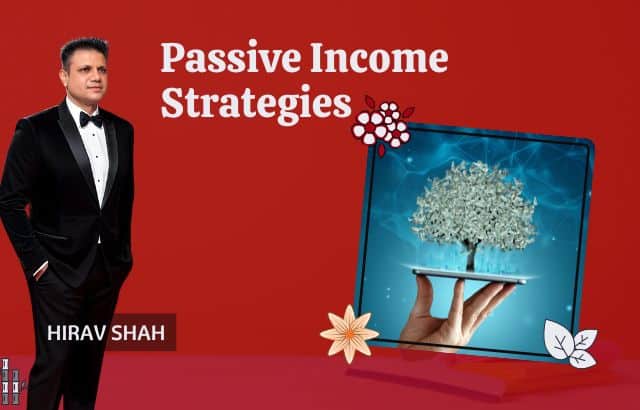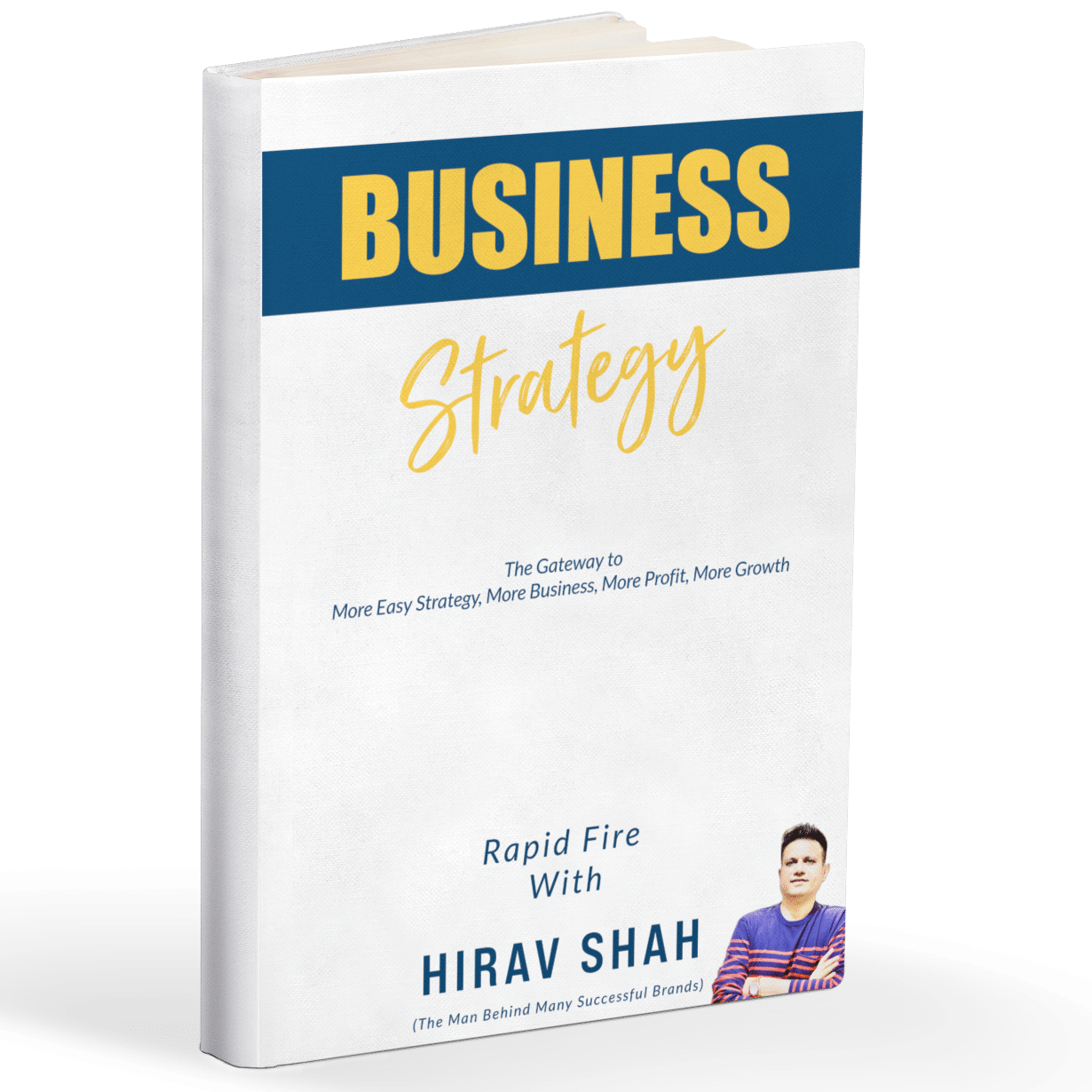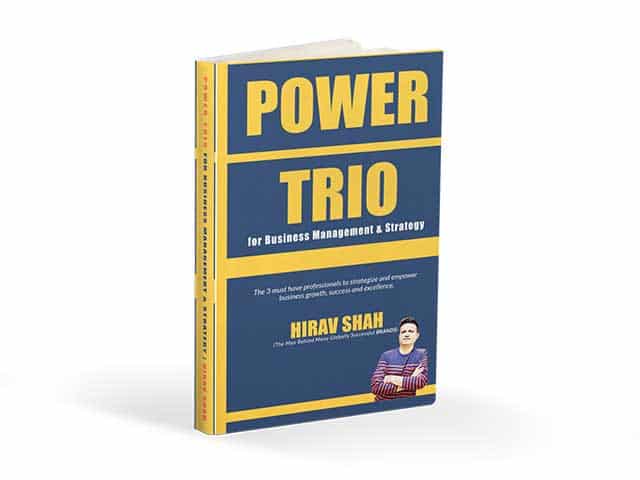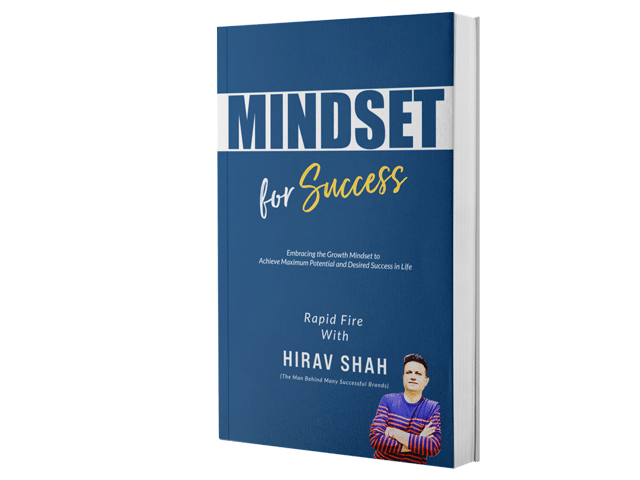In today’s fast-paced world, many people are looking for ways to earn income that doesn’t rely on a 9-to-5 job. Passive income offers an exciting opportunity to generate revenue with minimal effort once you’ve set it up. Unlike active income, which requires you to trade time for money, passive income allows you to earn money continuously, even when you’re not working.
This guide will explore the basics of passive income, compare it with active income, highlight the advantages and disadvantages of both, and provide practical strategies to start generating passive income. We’ll also share insights from Hirav Shah, a seasoned Business Strategist, on how to effectively manage passive income streams and achieve financial freedom.
Table of Contents
What is Active Income?
Active income is the money you earn through direct effort, time, and labor. Think of it as money you get in exchange for working. Common forms of active income include:
- Salaries and Wages
- Freelance Work
- Consulting Fees
- Commissions (e.g., sales commissions)
- Bonuses
While active income is stable and predictable, it’s inherently tied to the amount of time you work. Once you stop working, the income stops. The key drawbacks of active income are limited hours in a day and potential job insecurity. You are often at the mercy of employers or clients for your earnings.
What is Passive Income?
Passive income is money you earn without having to be actively involved in the earning process once the initial setup is complete. It allows you to earn income with minimal ongoing effort. However, it requires an initial investment, either of time or money. Some common forms of passive income include:
- Rental Income from property
- Investment Income from stocks, bonds, or dividends
- Royalties from books, music, or patents
- Affiliate Marketing commissions
- Digital Products (e.g., online courses, e-books)
The beauty of passive income is its ability to provide financial freedom, as you can earn money without clocking in every day. However, passive income often comes with its own set of challenges, including market risks and the need for proper management.
Pros and Cons of Active Income
Pros of Active Income:
- Reliability and Predictability: Active income is often more stable because it’s tied to a consistent job or contract.
- Immediate Earnings: You can usually expect payment soon after completing work (e.g., weekly or monthly paychecks).
- More Control: If you’re self-employed or a freelancer, you can determine your rates and work hours.
Cons of Active Income:
- Time-Dependent: Your earning potential is directly tied to the amount of time you work.
- Job Security Risks: You may face job loss, career stagnation, or business failure.
- Limited Growth: Income growth is often tied to promotions, raises, or new contracts, which are limited by your time and effort.
Pros and Cons of Passive Income
Pros of Passive Income:
- Financial Freedom: Once set up, passive income streams can generate money without your active involvement.
- Flexibility: Passive income allows you to work on your own terms or even pursue other projects or passions.
- Scalability: Many passive income streams, like investing or selling digital products, have the potential to scale without requiring proportional increases in effort.
Cons of Passive Income:
- Initial Effort: Passive income streams often require significant time, effort, or capital upfront to set up.
- Market Fluctuations: Investments, such as stocks or real estate, are subject to market risks, and income may not always be predictable.
- Ongoing Maintenance: Some passive income sources require ongoing management to maintain their effectiveness (e.g., property management or website upkeep).
How to Generate Passive Income Streams
There are numerous ways to generate passive income. Below are some popular strategies:
1. Real Estate Investment
Real estate is a classic passive income generator. If you purchase rental properties, you can earn consistent rental income. While property ownership requires upfront capital, it can also appreciate over time, providing additional income from property value increases. A Business Strategist like Hirav Shah suggests that investors carefully select properties in growing areas with high demand for rentals to maximize returns.
Example:
You purchase a rental property for $200,000 and rent it out for $1,500/month. After expenses (maintenance, taxes, insurance), you net $1,200/month. This gives you $14,400/year in passive income.
2. Dividend Investing
Investing in dividend-paying stocks can provide a steady stream of passive income. With dividends, you receive a portion of the company’s earnings, typically on a quarterly basis. You need an initial investment, but once your portfolio is set up, it requires minimal effort to maintain.
Example:
You invest $50,000 in a stock with a 5% annual dividend yield. Your annual dividend income would be $2,500.
3. Affiliate Marketing
Affiliate marketing involves promoting other people’s products and earning a commission for each sale made through your referral link. This can be done through blogs, social media, or YouTube channels. Once your platform is set up and attracting traffic, affiliate marketing can become a steady stream of passive income.
Example:
You promote a product through your blog, earning a 10% commission. If you generate $10,000 in sales through your affiliate links, you’d earn $1,000.
4. Creating Digital Products
Digital products like e-books, online courses, or downloadable templates can be a great way to generate passive income. Once created, you can sell these products to an unlimited number of customers with little ongoing effort.
Example:
You create an online course that costs $100. If you sell 100 courses per month, you’ll make $10,000 in passive income monthly.
5. Royalties from Creative Works
If you’re a writer, musician, or inventor, you can earn royalties from the use of your intellectual property. This could include book royalties, music licensing, or patents. The income can be generated passively, but creating the original work often requires substantial effort upfront.
Example:
If you write a book and earn 10% royalties from each sale, and you sell 10,000 copies at $10 each, you’ll earn $10,000 in royalties.
Hirav Shah’s Insights: The Role of a Business Strategist in Passive Income
Hirav Shah, a renowned Business Strategist and The Game Changer, emphasizes that while passive income sounds enticing, it requires careful planning, research, and strategic thinking to make it sustainable. He advises investors and entrepreneurs to:
- Diversify their income streams to reduce risk.
- Start small, particularly when investing in real estate or the stock market, and scale up gradually.
- Leverage their existing skills or platforms (like blogs or social media) to create digital products or affiliate marketing opportunities.
- Keep track of expenses and taxes to ensure profitability.
FAQs About Passive Income
1. Can passive income really be “set and forget”?
While passive income can be more hands-off than active income, it’s rarely completely “set and forget.” Most passive income streams require occasional attention to ensure they are profitable. For example, rental properties need maintenance, and investment portfolios require periodic rebalancing.
2. How much initial capital do I need to start generating passive income?
The amount depends on the type of passive income you choose. For real estate, you’ll need a significant upfront investment. For stocks or affiliate marketing, you can start with less. The key is to align your strategy with your available resources.
3. How long does it take to start earning passive income?
It can take anywhere from a few months to a few years to start seeing significant returns, depending on the type of passive income and the effort involved in setting it up.
Conclusion
Passive income is an effective way to achieve financial freedom, but it requires planning, research, and effort. Whether you’re investing in real estate, creating digital products, or engaging in affiliate marketing, the potential for steady income with minimal active involvement is real.
Hirav Shah, the Business Strategist and The Game Changer, believes that the right strategies and a well-thought-out plan can help you build sustainable passive income streams that complement or even replace your active income over time. With determination and the right approach, financial freedom is within reach!




















